Last week, Huawei launched two new laptop models, including the foldable screen laptop MateBook Fold and the ultra-thin laptop MateBook Pro. The most notable highlight of these two products is the use of the completely new operating system HarmonyOS 5 developed by Huawei, replacing the previous Windows operating system.
Huawei did not disclose information about the type of chip equipped on the two new laptop models of the company, but according to many sources, the products use the Kirin X90 chip, built on the 5nm process developed and manufactured by Huawei itself, helping the chip achieve good performance and save energy.

The MateBook Fold foldable screen laptop uses a chip and operating system developed by Huawei itself (Photo: Huawei).
If the above information is correct, this can be considered a remarkable step forward for Huawei in particular and the Chinese semiconductor industry in general, when producing 5nm chips without depending on US technology is a big challenge.
Since being placed on the US government 's embargo list in 2019, Huawei has faced many difficulties in product development, especially related to processing chips and operating systems.
Previously, Huawei products mainly used chips and operating systems from US partners such as Intel, AMD (for computers), Qualcomm (for mobile devices), as well as Android and Windows.
However, Huawei has been gradually looking to replace the restricted technologies. The company has developed the HarmonyOS Next mobile platform - a completely new operating system, no longer based on the open source code of Android.
At the same time, the company also introduced HarmonyOS 5 for computers to replace Windows, and now continues to expand into self-developing 5nm chips for new laptop lines.
According to Chinese media, this chip is the result of a five-year research process, starting from the time Huawei was placed on the restricted list.
It seems that Huawei's leadership has determined in advance that the control measures from the US side will last, so it has proactively prepared alternative technology options, from software to semiconductor production capacity.
In March, Bloomberg news agency quoted sources as saying that Huawei had filed a patent application with the China National Intellectual Property Administration (CNIPA) for a technology called Self-aligned Quadruple Patterning (SAQP) - an advanced lithography technique in chip manufacturing.
This technology allows the creation of ultra-small structures, serving chip manufacturing from 7nm to 5nm or lower, without relying on technology from US companies.
Huawei has not yet given an official response to information related to the chip used on the two newly launched laptop models.
Source: https://dantri.com.vn/cong-nghe/huawei-da-tu-san-xuat-duoc-chip-5nm-ma-khong-can-cong-nghe-my-20250526155124071.htm


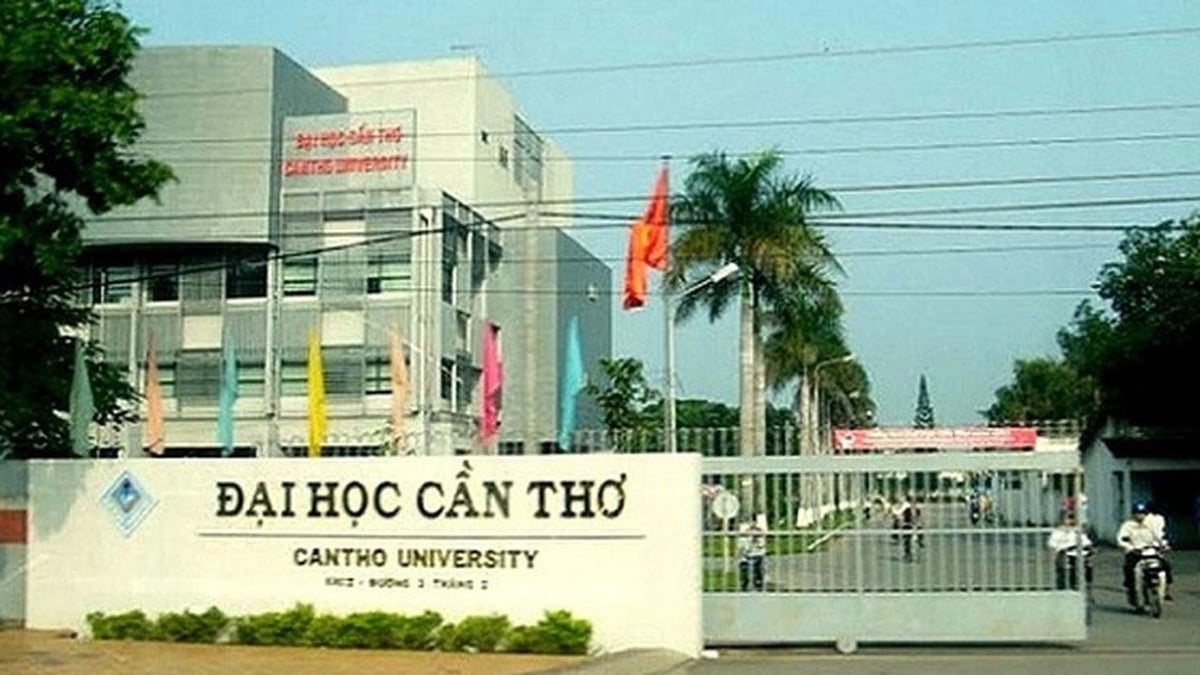
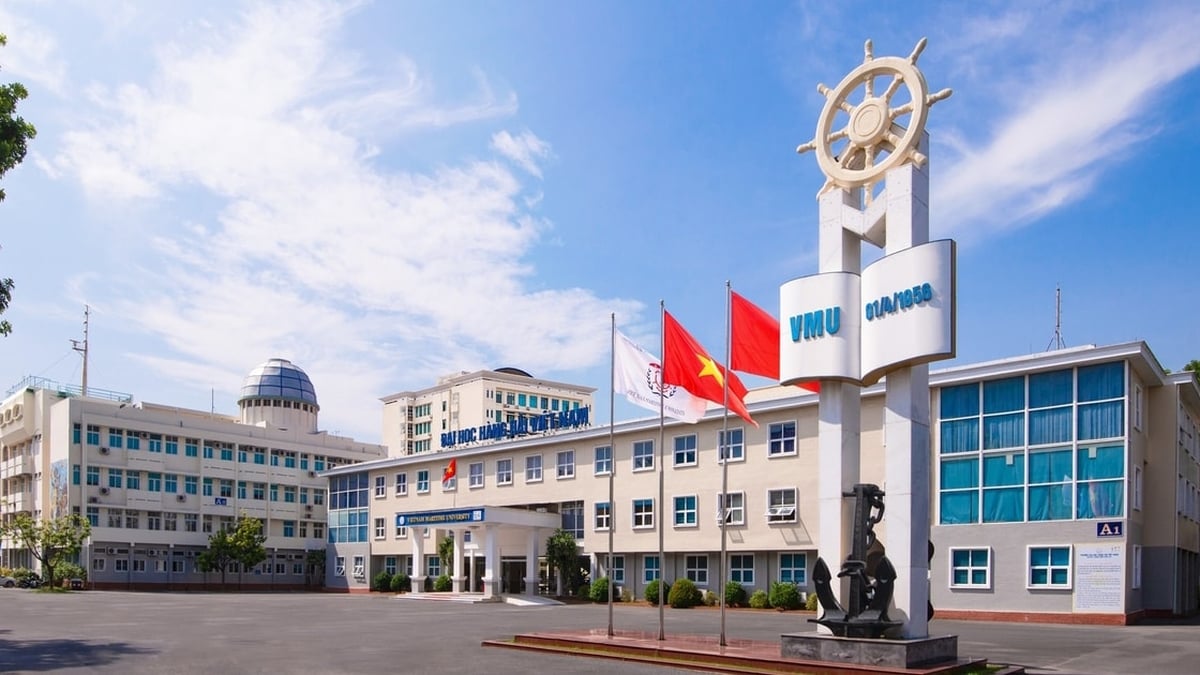
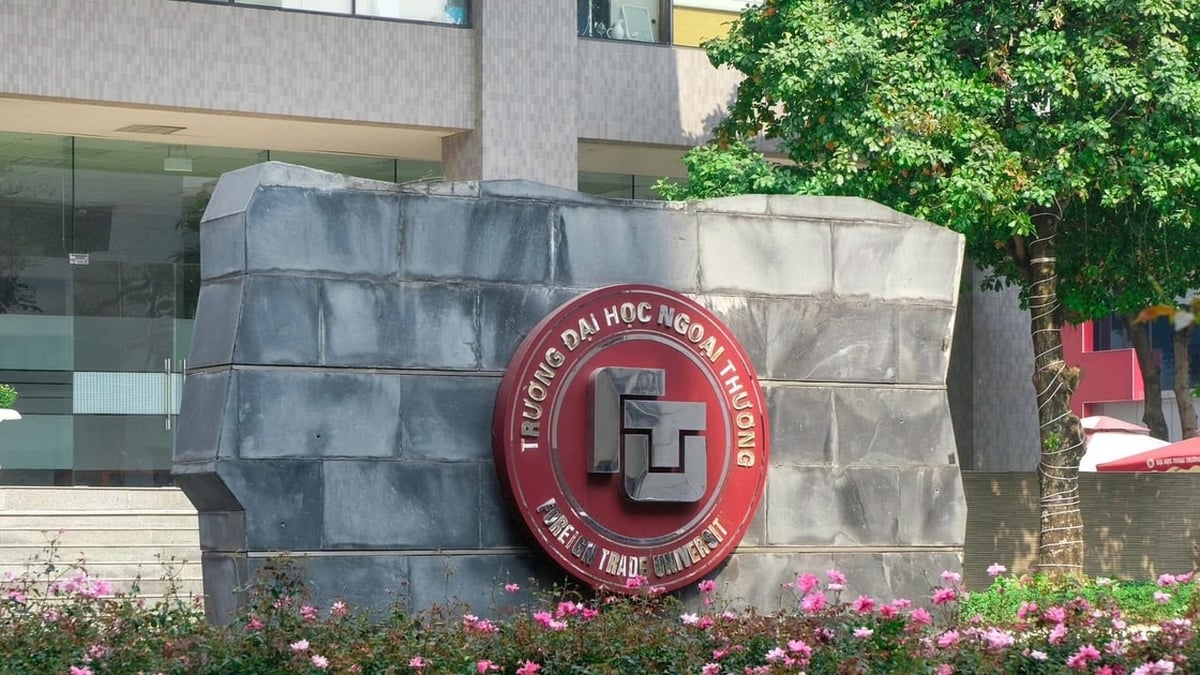

























































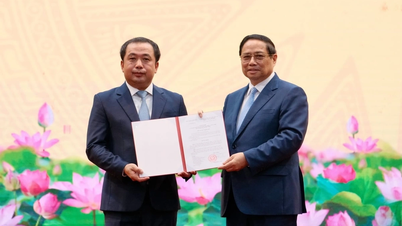








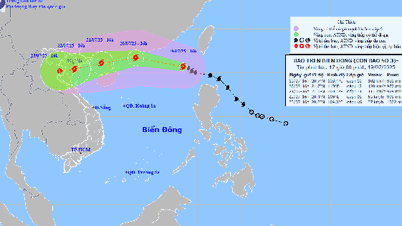

























Comment (0)